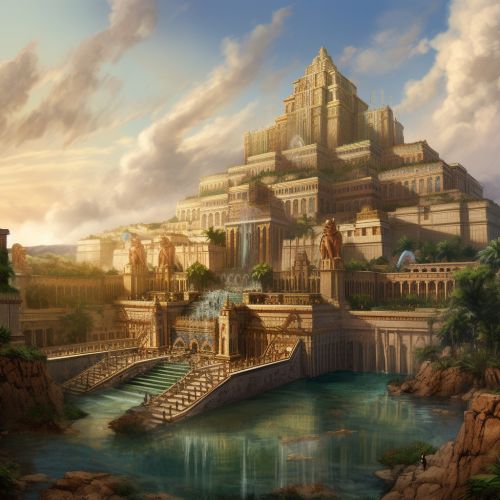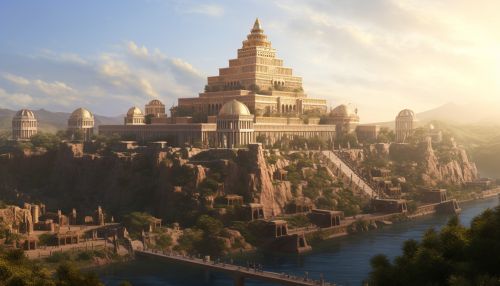Babylon
Origins and Early History
Babylon was a key kingdom in ancient Mesopotamia from the 18th to 6th centuries BC. The city was built on the Euphrates river and divided into equal parts along its left and right banks. Babylon was originally a small Akkadian town dating from the period of the Akkadian Empire circa 2300 BC.
The town became part of a small independent city-state with the rise of the First Babylonian dynasty in the 19th century BC. The Amorite king Hammurabi created a short-lived empire in the 18th century BC. He is known for the Code of Hammurabi, one of the earliest surviving codes of law in recorded history.


Neo-Babylonian Empire
After the fall of the Assyrian Empire, the city of Babylon became the capital of the Neo-Babylonian Empire from 609 to 539 BC. This period is also known as the Chaldean Dynasty. King Nebuchadnezzar II is credited with constructing some of the most notable landmarks of Babylon during this period, such as the Hanging Gardens, which is considered one of the Seven Wonders of the Ancient World, and the Ishtar Gate.
Persian Conquest
The city fell to the Persians under Cyrus the Great in 539 BC. Babylon then became a center of learning and commerce under the Persian Empire. However, the city declined during the reign of the Persian king Darius III, and the central power shifted to other locations in the Persian Empire.
Hellenistic Period
After the conquest of the Persian Empire by Alexander the Great, Babylon once again became a significant center under the Seleucid Empire. Alexander had planned to make Babylon his capital before his death in 323 BC. The city continued to decline in importance during the Seleucid reign, and by the 1st century BC, it was almost uninhabited.
Archaeology and Preservation
The site of the ancient city is part of modern-day Hillah, Babil Governorate, Iraq. Excavation work began in the late 19th century and continues to this day. The preservation of the site has been a subject of concern due to conflicts and instability in the region.
